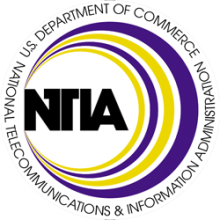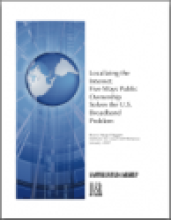New Network Neutrality Bill
Representatives Markey and Eshoo have introduced a House bill to preserve network neutrality on the Internet - a means to ensure users are able to choose what sites they visit rather than allowing gatekeepers like AT&T or Comcast to influence the decisions by speeding up or slowing down some sites.
Imagine if AT&T subscribers could access Google twice as fast as Yahoo (or another start up search engine) because Google cut deals with AT&T for preferential treatment. The Internet as we know it would change substantially and innovation would slow because those who could afford to cut deals with major service providers would attract most viewers.
It is important to note that public ownership largely solves the problems that make this bill necessary. Companies that maximize profits above all else are willing to degrade the Internet in order to pad profits whereas networks that put the good of the community above profits tend not to interfere with user freedom. However, we find that for an issue this important, having it reinforced both federally and locally is a good idea.
The bill currently has no additional listed cosponsors. To my knowledge, bills like this tend to do well in the House but die in the Senate. Video from Save The Internet:
I have included the text of the bill below for convenience, but did not include the formatting. You can see it nicely formatted via THOMAS or check out the Free Press' Seven Reasons Why We Need Net Neutrality Now.
A BILL To amend the Communications Act of 1934 to establish a national broadband policy, safeguard consumer rights, spur investment and innovation, and for related purposes. Be it enacted by the Senate and House of Representatives of the United States of America in Congress assembled, SECTION 1.




